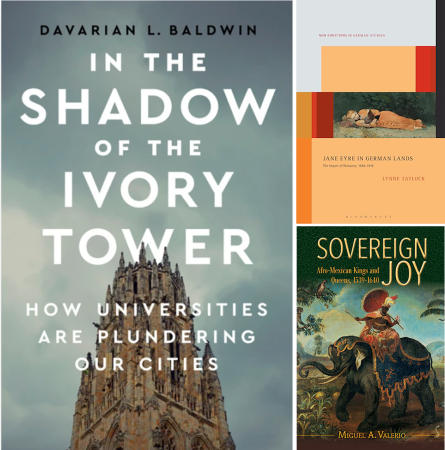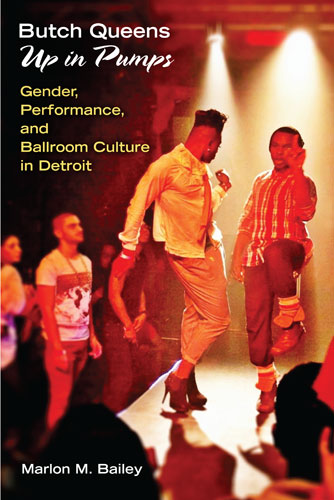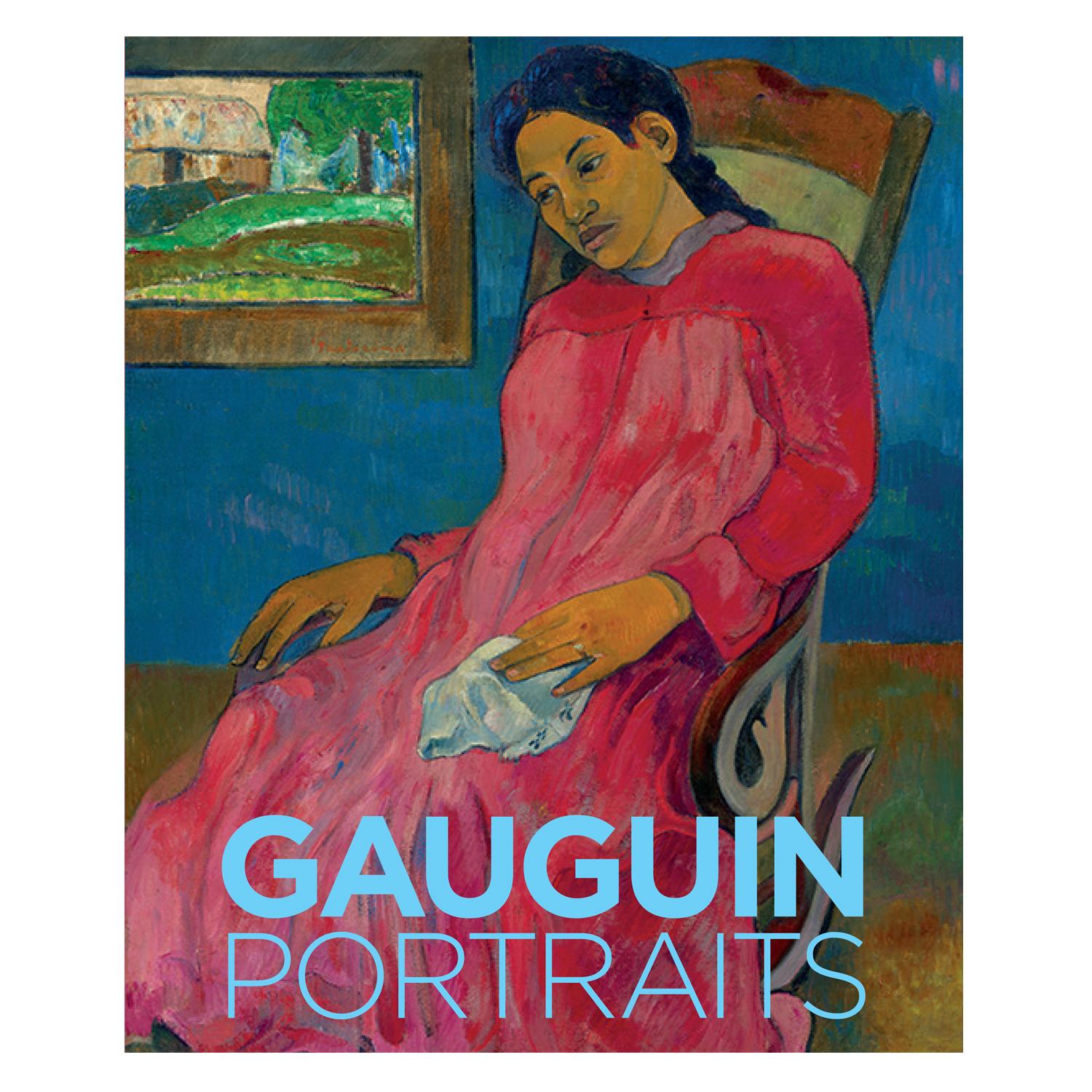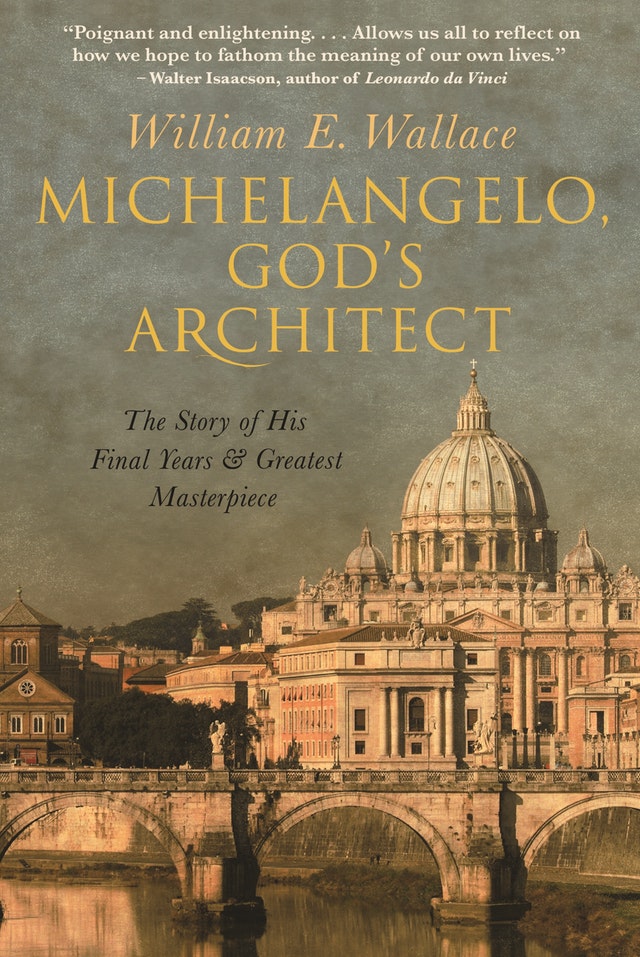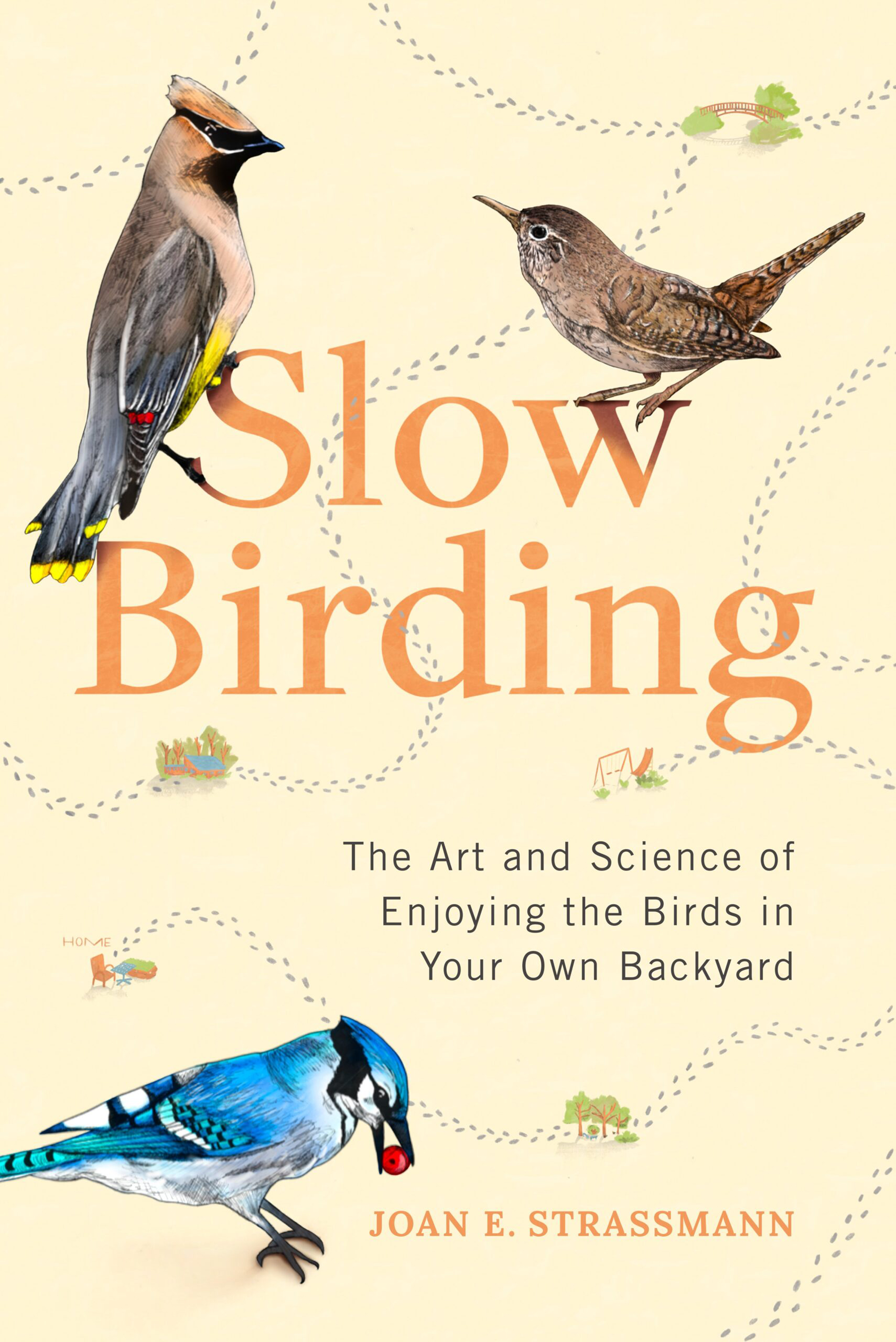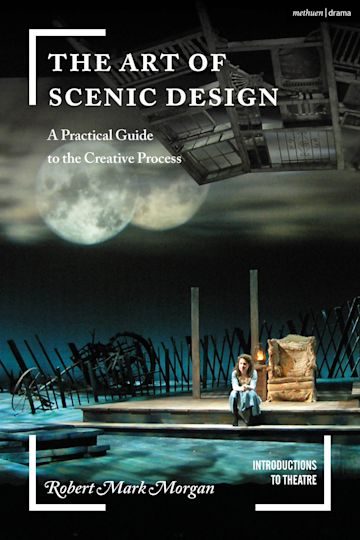Main Content and Sidebar
This is the first thing your site visitor is going to see, so it's important to use it wisely! It's a great place to introduce an academic area, a program, or give an overview. This area has a full wysiwyg toolbar, so you can add links, inline images, and even video. One thing to keep in mind when using this section is that if you use all of the available sidebar options on the right, the left content area really needs to have enough content to fill it up. If it's not filled, you end up with a white space at the bottom of the left side.
Sidebar
The sidebar can be static or turned into a simple slideshow with icons. If you choose not to use the sidebar, the text section will go all the way across the page. This section is divided into a left main content area and right sidebar.
Anchor Links
In the black bar section above the main content area, you can add anchor links. An anchor link will take your site visitor straight to another section further down the page. This makes essential information quickly accessible without scrolling.
Helpful Hints
There are 19 multipurpose sections. Their order is static and you can not change their position by dragging them up or down the page. However, because the page is so flexible, your content can usually be displayed nicely in multiple sections.



















